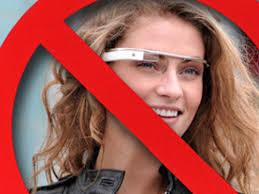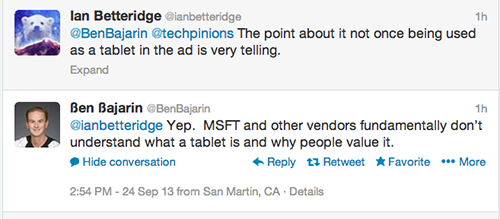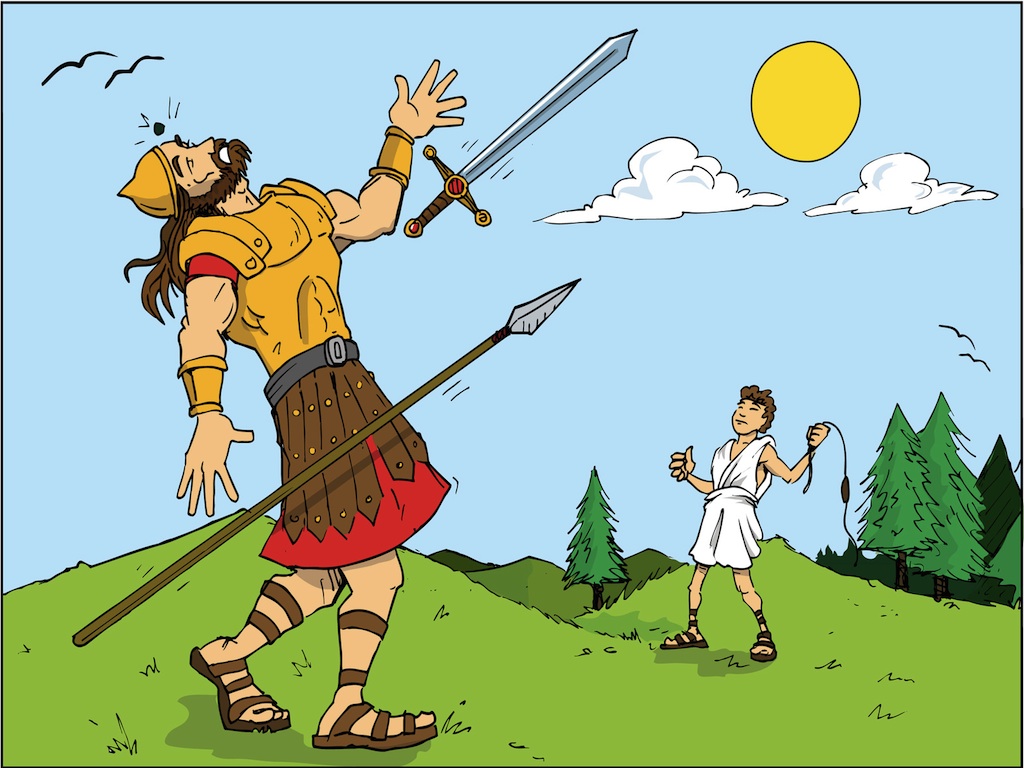At Forbes, Chunka Mui ((Coauthor of “The New Killer Apps: How Large Companies Can Out-Innovate Start-Ups”, “Unleashing the Killer App: Digital Strategies for Market Dominance”; and “Billion-Dollar Lessons: What You Can Learn from the Most Inexcusable Business Failures of the Last 25 Years”)) writes:
[pullquote]If you desire a wise answer, you must ask a reasonable question. ~ Johann Wolfgang Von Goethe[/pullquote]
Will Tim Cook Be the Next Steve Ballmer?
His initial premise seems reasonable:
Like Ballmer, (Tim) Cook’s legacy will be defined by whether he successfully launches new post-Jobs killer apps. … (T)o be truly successful, Cook will have to innovate beyond iPhones and iPads.
What Is Innovation?
Wikipedia defines Innovation as:
“the application of better solutions that meet new requirements, unarticulated needs, or existing market needs. Innovation differs from invention in that innovation refers to the use of a better and, as a result, novel idea or method, whereas invention refers more directly to the creation of the idea or method itself. Innovation differs from improvement in that innovation refers to the notion of doing something different rather than doing the same thing better.”
[pullquote]Some people see innovation as change, but we have never really seen it like that. It’s making things better. ~ Tim Cook[/pullquote]
I would add this caveat. Too often “innovation” is judged from the perspective of the engineer, rather than from the point of view of the consumer. We are seduced by the wonderfulness of the technology, but it is the market, not the maker, that is the ultimate arbitrator of what is and what is not innovative. It is the value of the product — as judged by the consumer — that matters.
If something is truly innovative the consumer’s first thought isn’t, “I was asking for this.” Their first thought is, “Of course,” because — although it’s something they didn’t even know they wanted — now that they see it, it’s seemingly self-evident.
Myth #1: First To Market Matters Most
(The) field is crowded. The biggest technology companies and numerous start-ups are already in the race. Google has invested heavily in Google [x] projects like Glass and its Self-Driving Car, and it just bought Nest for $3.2B. Samsung has already launched two generations of its Galaxy Gear smart watch. Both GE and IBM are pursuing massive Internet of Things initiatives. ~ Chunka Mui
[pullquote]In a forest, there are many plants. but only a few are destined to be trees. And of all the forest trees, only one is destined to be a California Redwood.[/pullquote]
Really? The field is crowded? Crowded with what? A lot of throw-it-at-the-wall-and-let’s-see-what-sticks experiments?
Take a look at five of Apple’s greatest innovations:
- Apple II
- Macintosh
- iPod
- iPhone
- iPad
Now ask yourself: Were any of the above products first to market?
No. No they were not.
[pullquote]I’m actually as proud of the things we haven’t done as the things I have done. Innovation is saying no to 1,000 things. ~ Steve Jobs[/pullquote]
In every case, those products came out many YEARS after others had tried to establish their respective markets.
Malcolm Gladwell put it this way:
“You don’t want to be first, right? You want to be second or third. Facebook is not the first in social media. They’re the third, right? Similarly, you know, if you look at Steve Jobs’ history, he’s never been first.”
LESSON UNLEARNED: It’s not first to market that matters, it’s FIRST TO GET IT RIGHT.
Myth #2: The Path Of Innovation Has Been Identified
History tells us that the new technological landscape that will likely define both Apple’s next horizon and Cook’s legacy is somewhere at the intersection of wearable computing and the Internet of Things. ~ Chunka Mui
Say what? History tells us nothing of the sort.
Pundits keep predicting that Apple will go into wearables or television. Why?
— Did anyone predict that Apple would veer into MP3 players?
— Most everyone predicted that Apple would make a phone, but by phone they really meant a flip phone that would also work as an MP3 player. Did anyone predict the pocket computer — complete with its own operating systems and, eventually, an app ecosystem — that Apple produced?
— Most everyone predicted that Apple would make a tablet, but no one predicted the tablet that Apple introduced and few understood it at the time or even understood it long after it was placed on sale. Heck, a lot of people STILL refuse to understand it, despite all its subsequent success.

It is an open secret that Apple is working on an iWatch wearable device. ~ Chunka Mui
So what? did any of Apple’s previous major innovations look or act or feel anything like the products that preceded them?
— Did the Apple II look anything like its non-monitor competitors?
— Did the Macintosh look anything like the line interface operating systems that preceded it?
— Did the iPod click wheel work anything like its MP3 competitors?
— Did the iPhone have any resemblance to its keyboard heavy smartphone predecessors?
— Did the iPad touch interface have any relationship to the stylus-driven, Windows tablets previously offered by Microsoft?
[pullquote]Predicting a wrist device from Apple as “a Fuelband, but better” is equivalent to predicting an iPhone with an iPod click wheel. ~ Zac Cichy (@zcichy)[/pullquote]
No. No they did not. In every case, these products were a significant variant from what then existed in the market.
Entrepreneurship is essentially identifying the path that everyone takes; and choosing a different, better way. ~ Sheldon Adelson
LESSON UNLEARNED: The innovative product that solves a significant problem WILL NOT LOOK OR ACT OR FEEL like anything on currently on the market.
Myth #3: History Says Apple Will Be Disrupted
(The) incremental, extend-the-ecosystem approach makes all the sense in the world—to Apple. (It) fits very nicely with how customers interact with the Apple world today—and how Apple hopes that they will interact with it in the future.
It could be entirely rational for Tim Cook to take this view. Every one of his key lieutenants, who are responsible for the day-to-day defense and extension of Apple’s iOS ecosystem, must be even more whetted to this point of view. If there is any fight for resources, mindshare, talent, etc., you can bet that they’ll want to invest as much as possible to iOS. History also tells us that industry analysts will focus on today’s sales, margins and growth forecast at those important quarterly conference calls.
Momentum will drive Tim Cook and Apple down this path—as similar forces drove Steve Ballmer and Microsoft down the path of defending and extending the Windows/Office ecosystem at the expense of smartphone/tablet/cloud dominance.
Who doesn’t think that would the natural strategy for it to follow? ~ Chunka Mui
Oh, oh! Me, me, me, me! And anyone who’s been paying even the slightest attention to Apple and Apple’s history.
[pullquote]Never underestimate a pundit’s ability to underestimate Apple’s ability.[/pullquote]
Apple’s EVERY ACTION since Steve Jobs returned in 1996 argues against their being disrupted by falling into the trap described, above, by Mui.
“Design (not profits) is where Apple products start,” writes Lashinsky. “Competitors marvel at the point of prominence Apple’s industrial designers have. ‘Most companies make all their plans, all their marketing, all their positioning, and then they kind of hand it down to a designer,’ said Yves Behar, CEO of the design consultancy Fuseproject. The process is reversed at Apple, where everyone else in the organization needs to conform to the designer’s vision. ‘If the designers say the material has to have integrity, the whole organization says okay,’ said Behar. In other words, a designer typically would be told what to do and say by the folks in manufacturing. At Apple it works the other way around.”
[pullquote]If anybody’s going to make our products obsolete, I want it to be us. ~ Steve Jobs[/pullquote]
Ben Thompson puts it this way:
“Apple’s focus on user experience as a differentiator has significant strategic implications as well, particularly in the context of the Innovator’s Dilemma: namely, it is impossible for a user experience to be too good. Competitors can only hope to match or surpass the original product when it comes to the user experience; the original product will never overshoot (has anyone turned to an “inferior” product because the better one was too enjoyable?). There is no better example than the original Macintosh, which maintained relevance only because of a superior user experience. It was only when Windows 95 was “good enough” that the Macintosh’s plummet began in earnest. This in some respects completely exempts Apple from the product trajectory trap, at least when it comes to their prime differentiation.
Indeed, it seems that Apple simply isn’t very interested in moats. They do what they think is right by the user, strategy nerds like me be damned. This kills them on Wall Street, but perhaps is the only possible route to avoiding stasis, and ultimately, disruption.
This is why Apple is so fascinating.”
Conclusion
Caesar defied historical prohibitions and marched his army across the Rubicon River. In doing so, he toppled the prior regime and enabled the flowering of a new Roman Empire. Will Tim Cook dare to cross the Rubicon? ~ Chunka Mui
[pullquote]In a company that was born to innovate, the risk is in not innovating. The real risk is to think it is safe to play it safe. – Jony Ive[/pullquote]
Are you kidding me? Will Tim Cook dare to cross the Rubicon? He and Apple have already constructed a four-lane highway over and across that Rubicon and left it far behind. Apple may have many a problem to deal with in the future, but playing it safe — not cannibalizing themselves — will not be one of them.
Steve Jobs himself may have said it best when he was recruiting a job applicant:
We are inventing the future. Think about surfing on the front edge of a wave. It’s really exhilarating. Now think about dog-paddling at the tail end of that wave. It wouldn’t be anywhere near as much fun. Come down here and make a dent in the universe.




 With all due respect, you simply cannot compare the creation of a movie franchise to the creation of a disruptive, game-changing, category creating product. They’re at different orders of magnitude.
With all due respect, you simply cannot compare the creation of a movie franchise to the creation of a disruptive, game-changing, category creating product. They’re at different orders of magnitude. It’s not as if Apple’s tech competitor’s have gotten any traction in the marketplace with the “next great thing” in tech. In fact, when it comes to products like wearables, tech companies clearly don’t have a clue what they should be offering. They keep throwing every conceivable sort of device at the consumer in the hope something sticks and the consumer, in their turn, keeps chucking everything right back at them.
It’s not as if Apple’s tech competitor’s have gotten any traction in the marketplace with the “next great thing” in tech. In fact, when it comes to products like wearables, tech companies clearly don’t have a clue what they should be offering. They keep throwing every conceivable sort of device at the consumer in the hope something sticks and the consumer, in their turn, keeps chucking everything right back at them.


 Ben Thompson of Stratechery has deservedly been the talk of the tech world this week for his analysis of disruption theory,
Ben Thompson of Stratechery has deservedly been the talk of the tech world this week for his analysis of disruption theory, 


